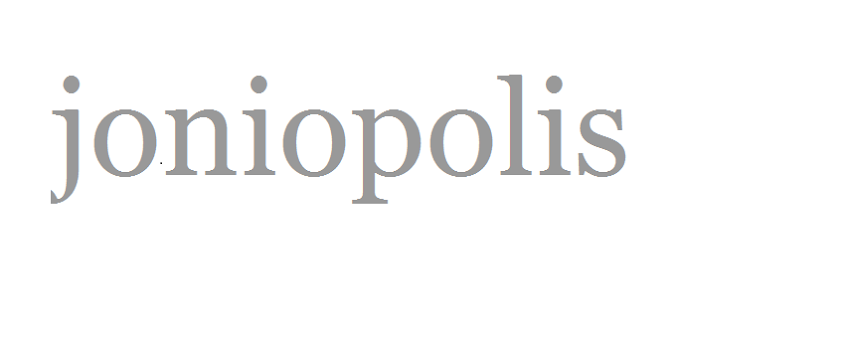Behold the
humble ampersand.
If it were
still the last letter of our alphabet, as it once was, it would be my favorite letter, if only
because of its lovely loops and swirls. But alas, it got whacked.
The
ampersand came from Roman scribes who wrote in cursive, and linked the e and
the t when they were writing “et” (and). English kids would recite the alphabet, and rather than say, “X, Y, Z, and”
which makes you want to ask, “And what?” they would say “and per se,” which
means “and by itself.”
Naturally,
it didn’t take long for “and per se” to get mumbled and slurred into “ampersand,”
and now that’s the name for this symbol. How cool that one letter stood for a whole
word, right? But it’s no longer in our
alphabet, I am sad to report. And it’s
not the only casualty of Old English giving way to modern times.
This is a
letter called a “thorn,” for the th sound.
It got replaced by Y. Don’t ask
Y. But this is why Ye Olde Candy Shoppe
is spelled like that—they’re really saying the
old candy shop. And we don’t know
our history, so we pronounced it Ye, as if we’re saying You Old Candy Shop.
Another
letter went by the wayside, as well: The Wynn.
It was replaced by “uu” which evolved into our w. It looked like this:
If you
think both of them look like “P” in a stylish font, I agree. Seriously, how many variations on P did we
need? So maybe it’s just as well the
thorn and the wynn went away. But the
ampersand? I truly miss it.
&
you must visit my website & purchase my books & watch my Youtube Mom
videos. I thank you & you & you.







No comments:
Post a Comment